14 Beautiful Vines to Train and Plant in the Fall
Fall is the perfect time to think about adding vines that can bring structure and charm to your garden. Cooler weather helps new plantings settle in before the chill of winter arrives. These climbers can create shade, cover fences, or add a touch of beauty to outdoor spaces. With the right choices, you can enjoy greenery and blooms that return year after year.
This post may contain affiliate links, which helps keep this content free. Please read our disclosure for more info.
Clematis
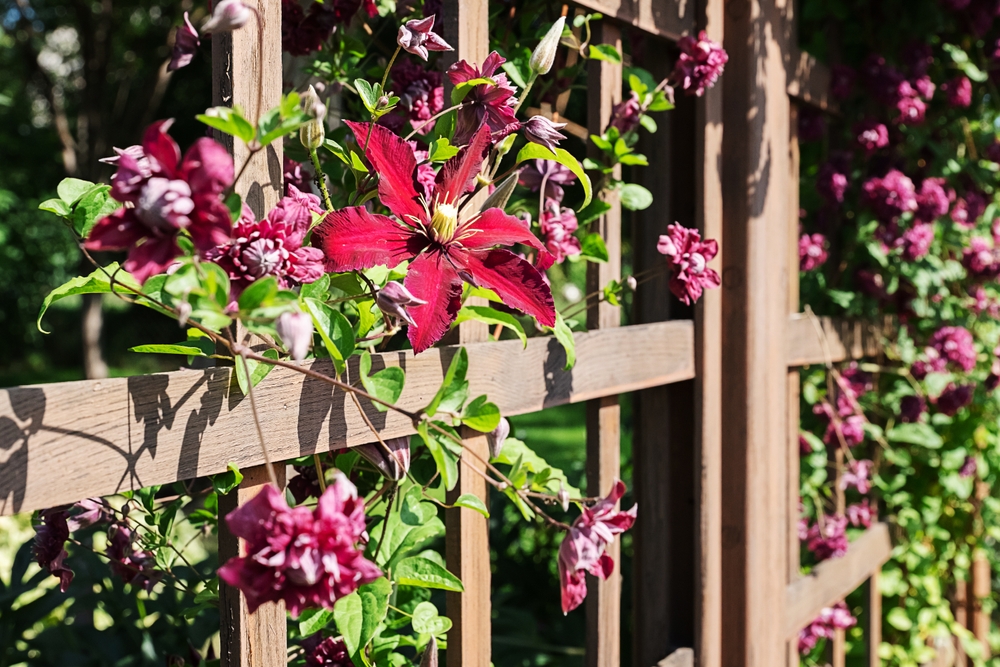
Clematis is one of the most popular flowering vines, known for its wide variety of colors and large blooms. Fall is a great season to plant it because the cooler temperatures allow the roots to establish before spring growth begins. It thrives when its roots are kept cool and shaded, while the top of the plant enjoys the sun. With support such as a trellis, it can quickly bring vertical interest to your garden.
Regular watering and mulching help clematis stay healthy through seasonal changes. Many gardeners choose varieties that bloom at different times to enjoy color for months. Pruning groups differ, so it is important to know which type you are planting. Once settled, clematis becomes a reliable centerpiece in outdoor spaces.
Virginia Creeper
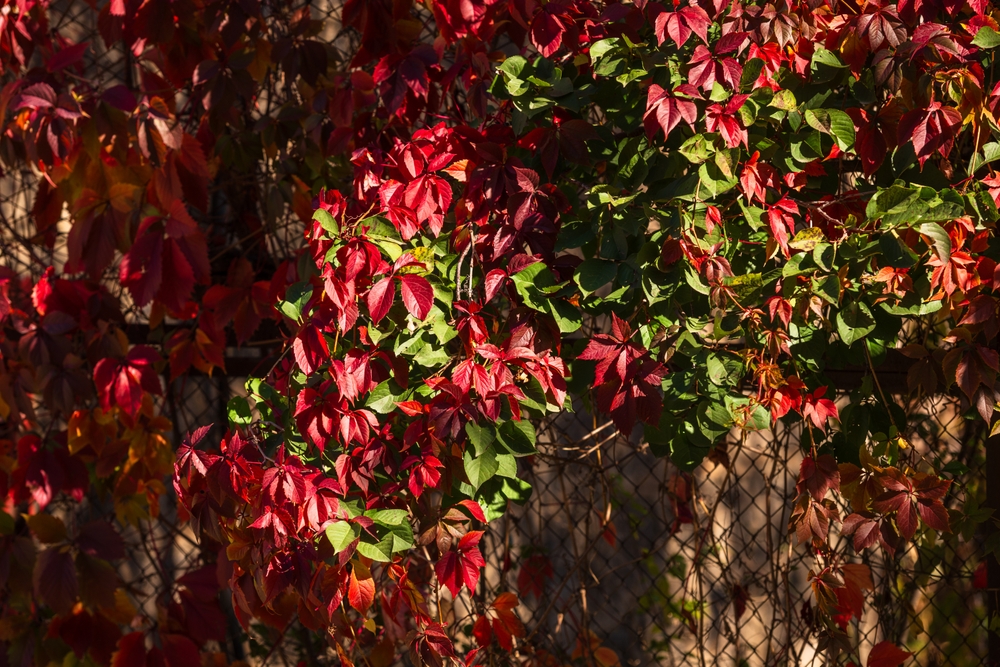
Virginia creeper is a fast-growing vine known for its dramatic red foliage in autumn. Planting it in the fall allows it to take root during cooler weather, preparing for strong growth in spring. It can climb fences, walls, or trees with ease, adding instant coverage and color. This vine can handle a wide range of soil conditions, making it adaptable to many gardens.
It spreads quickly, so placement should be planned to avoid it taking over unwanted areas. Virginia creeper is low-maintenance and can tolerate shade or sun. Birds are drawn to its berries, making it a good choice for attracting wildlife. Its seasonal color changes make it a favorite for fall planting.
Honeysuckle
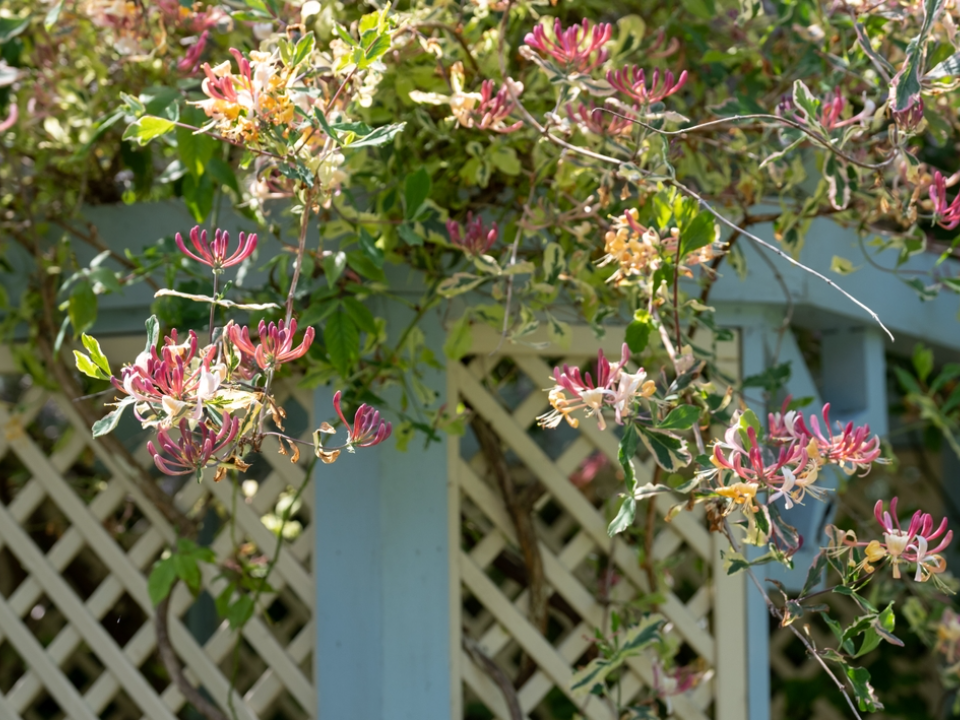
Honeysuckle offers both beauty and fragrance, producing clusters of sweetly scented flowers. Planting in fall gives the roots time to grow before the warmer months encourage blooming. It performs well in full sun and benefits from sturdy support to guide its climbing habit. Once established, it rewards gardeners with colorful flowers that attract hummingbirds and butterflies.
This vine can be trained on fences, trellises, or pergolas to create natural shade and privacy. Some varieties are evergreen, providing greenery year-round in milder climates. Regular pruning helps control growth and keeps it looking tidy. Honeysuckle adds both charm and fragrance to outdoor spaces.
Wisteria
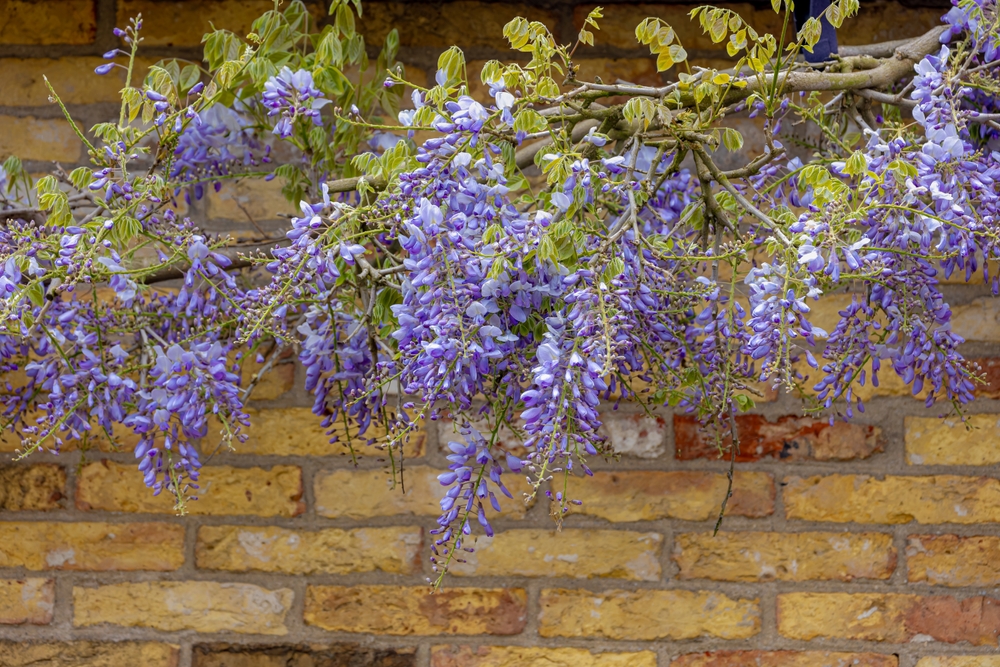
Wisteria is known for its cascading clusters of purple or white flowers that create a dramatic display. Planting it in the fall helps roots settle in, preparing the plant for a strong start in spring. It requires full sun and sturdy support to manage its vigorous growth. With proper care, it becomes a showpiece vine in any garden.
Pruning is essential to encourage flowering and control size, as it can grow aggressively. Once trained, it can cover pergolas and arches with stunning blooms. It may take a few years to flower, but the reward is well worth the wait. Wisteria adds a touch of elegance and grandeur when given space to thrive.
Climbing Hydrangea
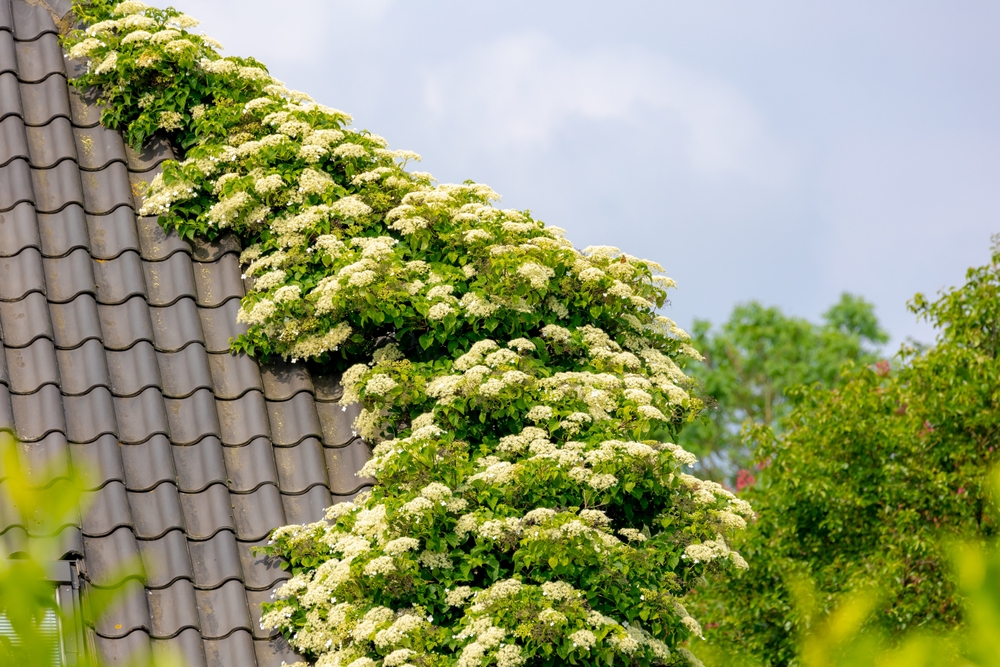
Climbing hydrangea is a slow-growing vine that eventually produces large clusters of white flowers. Fall planting gives the roots a chance to develop before active growth begins in spring. It can climb walls or grow as a ground cover, making it versatile. Its heart-shaped leaves turn golden in autumn, adding seasonal interest.
This vine prefers partial shade and moist, rich soil. Though it takes time to become established, it is long-lived and dependable once settled. The peeling bark adds winter interest after the leaves drop. Climbing hydrangea brings beauty through all seasons when planted thoughtfully.
Trumpet Vine
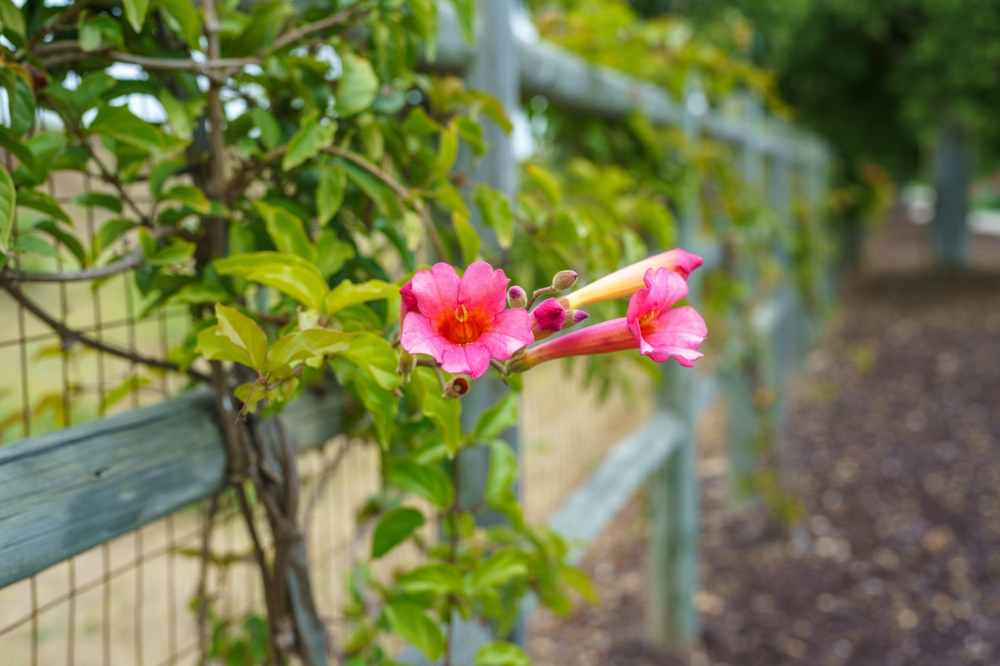
Trumpet vine is a vigorous climber that produces trumpet-shaped flowers in shades of orange and red. Fall planting helps the roots grow deeply before the flowering season begins. It thrives in full sun and can quickly cover fences or arbors. The bright flowers are excellent for attracting hummingbirds.
Because it spreads aggressively, trumpet vine should be planted where it has space to expand. Regular pruning keeps it under control and encourages more blooms. It is hardy and resilient, handling different soil types with ease. For gardeners who want color and wildlife, trumpet vine is a strong choice.
Boston Ivy
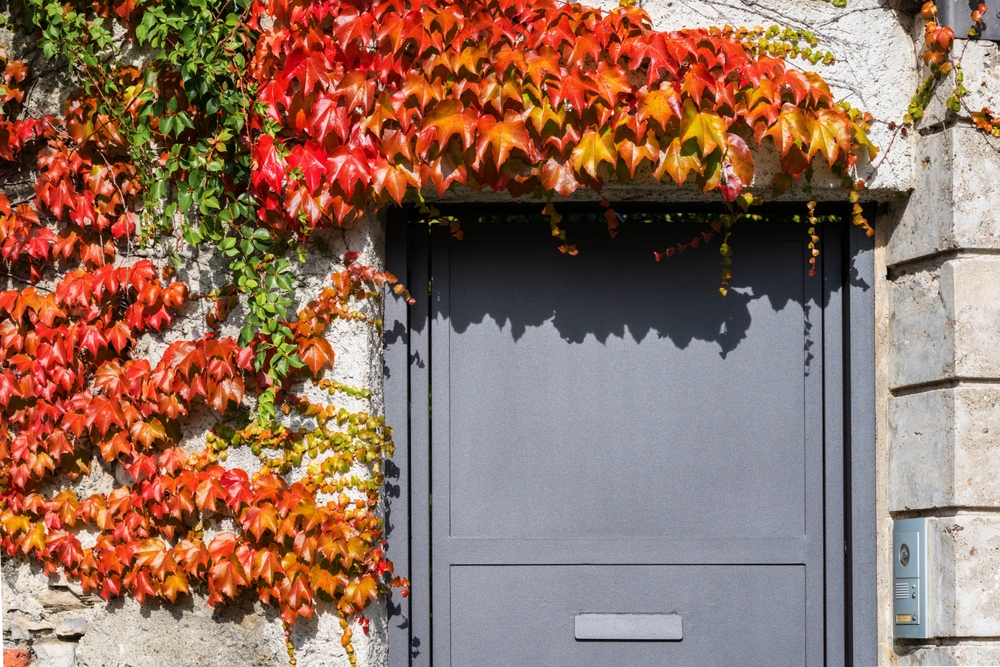
Boston ivy is known for its ability to cover walls and fences with lush green foliage that turns crimson in fall. Planting it in autumn allows it to establish roots before the growth surge in spring. It attaches itself to surfaces with small adhesive pads, creating a uniform cover. This makes it popular for softening the look of buildings and fences.
Boston ivy is easy to grow and tolerates both sun and shade. It requires little maintenance once established. Birds enjoy its small fruits, adding a touch of life to the garden. Its vibrant fall display is what makes this vine especially appealing.
Morning Glory
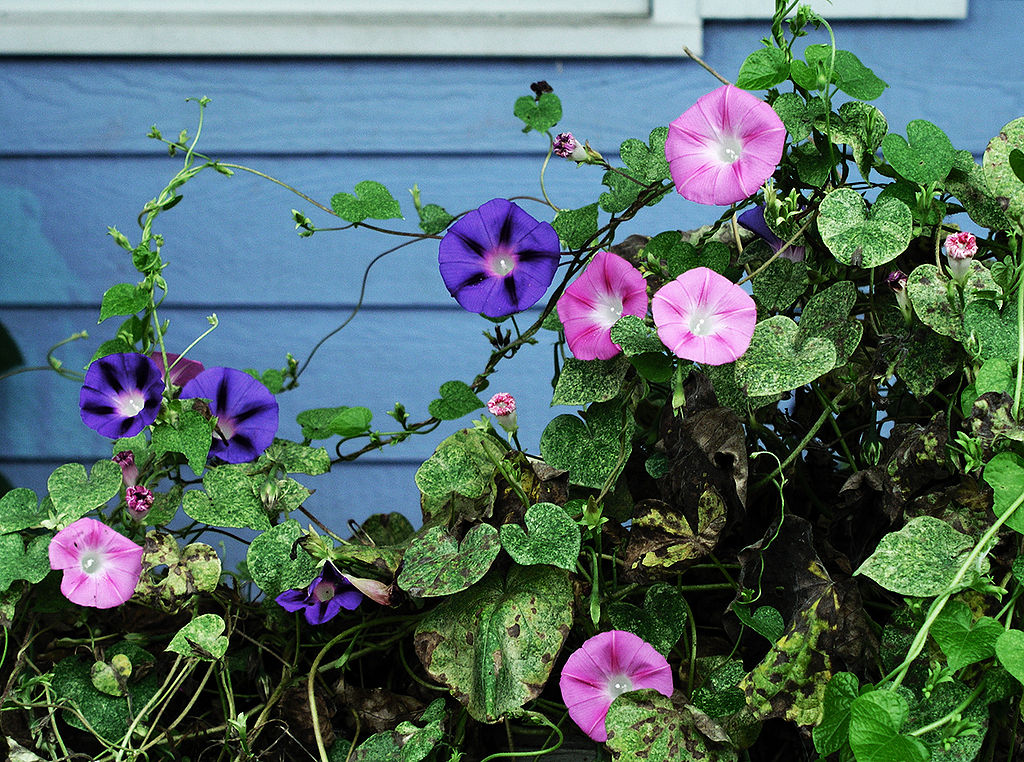
Morning glory is an annual vine that can be planted in fall in mild climates where frost is not an issue. Its trumpet-shaped flowers open in the morning and close by afternoon. Planting in autumn allows seeds to germinate early for a strong start in spring. They climb quickly and bring color to fences and trellises.
Morning glory prefers full sun and well-drained soil. Its bright blue, pink, or purple flowers attract pollinators like bees and butterflies. Although it is an annual, it often reseeds itself for future seasons. This makes it a cheerful and easy choice for fall planting.
Passionflower
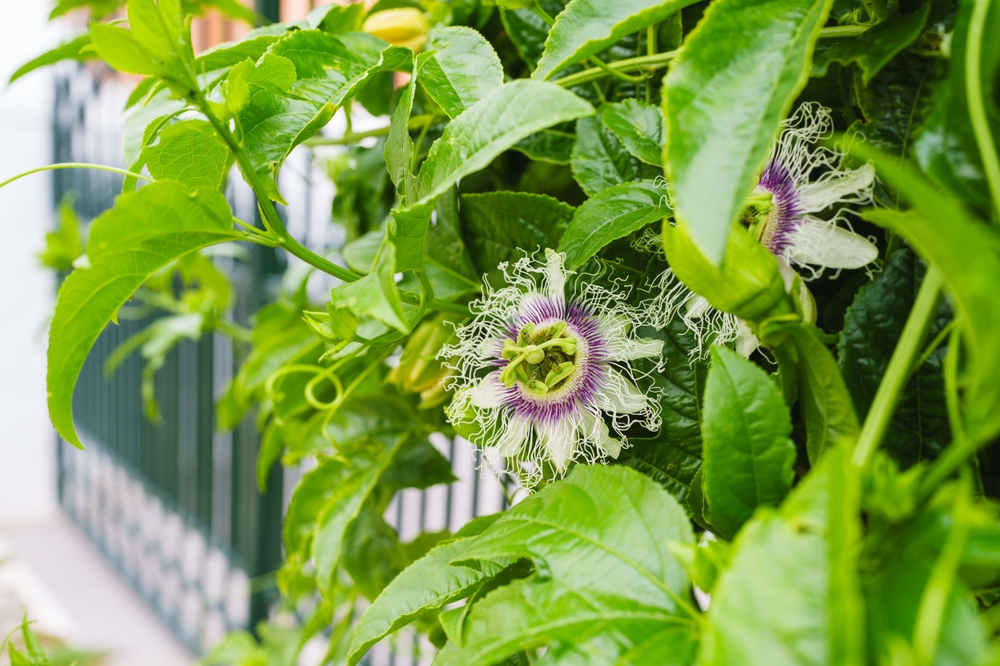
Passionflower vines are striking, with unique, intricate blooms that stand out in any garden. Planting in the fall gives them time to root deeply before producing flowers. They prefer full sun and well-drained soil with regular watering. With support, they can climb fences, trellises, or pergolas.
This vine is loved for attracting butterflies and bees. In some varieties, it produces edible fruit called passionfruit. It grows quickly and provides a tropical look in temperate gardens. Passionflower offers both visual appeal and ecological value.
Akebia (Chocolate Vine)
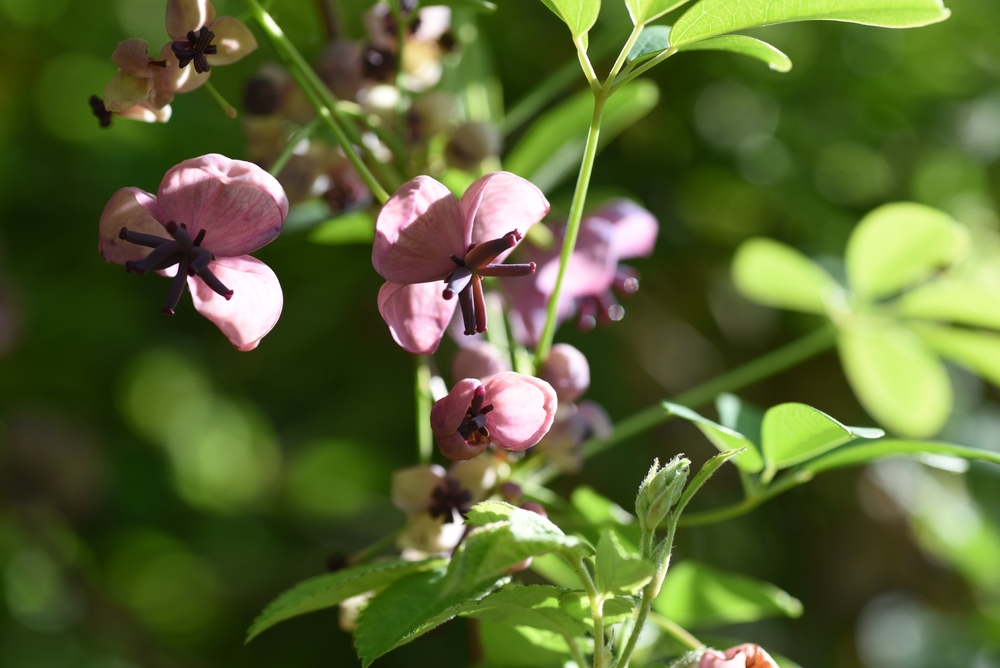
Akebia, often called chocolate vine, produces clusters of fragrant flowers with a hint of chocolate scent. Fall is the ideal time to plant it, giving the roots time to strengthen before spring. Its semi-evergreen leaves provide greenery even in cooler months. It grows best in partial shade but adapts to sun.
This vine can cover fences or trellises quickly, creating privacy and beauty. In some climates, it produces unusual purple fruit that adds interest. It requires support and occasional pruning to keep its growth in check. Akebia adds a touch of uniqueness to the garden.
Ivy (Hedera helix)
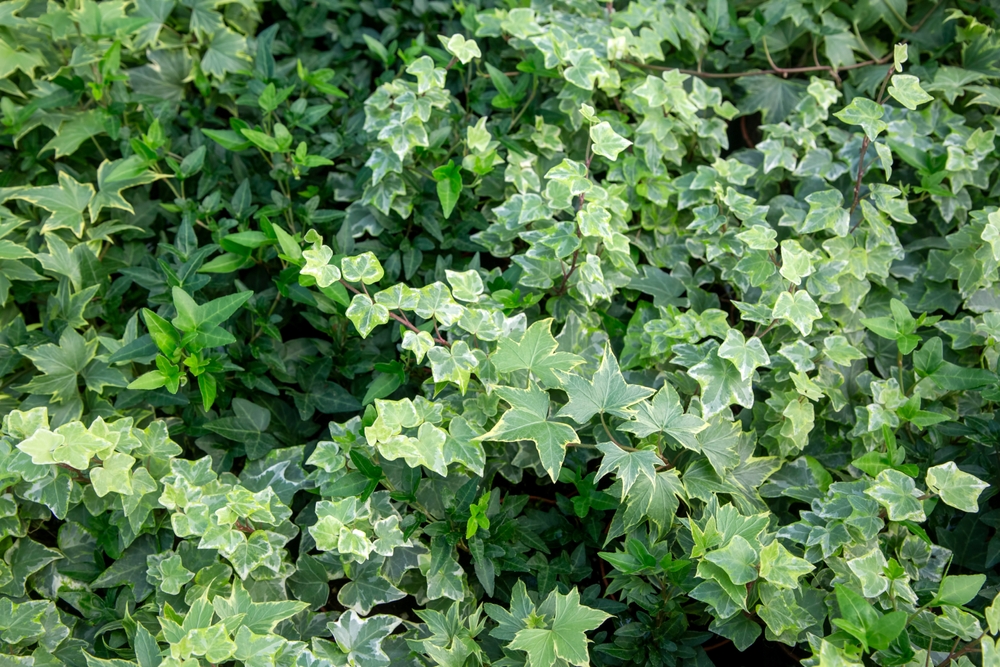
English ivy is a hardy vine that can grow in a variety of conditions, including shade. Fall planting is ideal, as it helps the vine settle before active growth in spring. It attaches to walls and fences with aerial roots, creating dense coverage. Its evergreen leaves provide color year-round.
Ivy is low-maintenance but should be placed carefully, as it can spread aggressively. It works well for covering unsightly structures or providing ground cover. Regular trimming helps control its growth. Ivy is valued for its resilience and versatility in different garden settings.
Bougainvillea
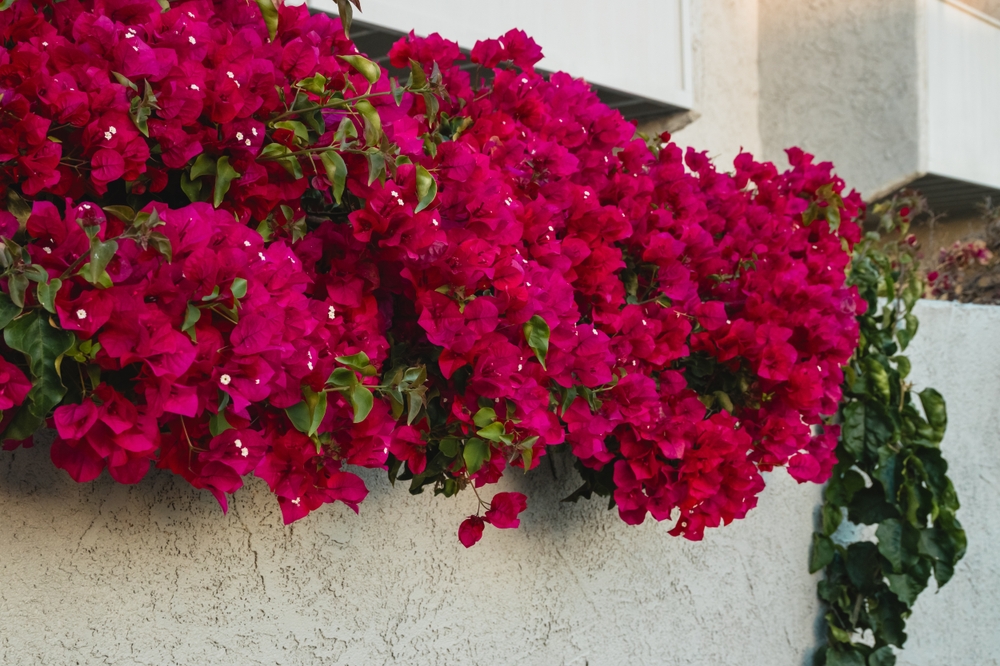
Bougainvillea is known for its vibrant bracts that appear like paper-thin flowers in bright shades of pink, purple, or orange. Fall planting helps it adjust before summer heat arrives. It thrives in full sun and requires well-drained soil. In warmer regions, it can bloom for much of the year.
This vine is drought-tolerant once established, making it suitable for dry climates. It climbs with support and can also be grown as a sprawling shrub. Regular pruning encourages more blooms and keeps it shaped. Bougainvillea brings vivid color that brightens any space.
Black-eyed Susan Vine
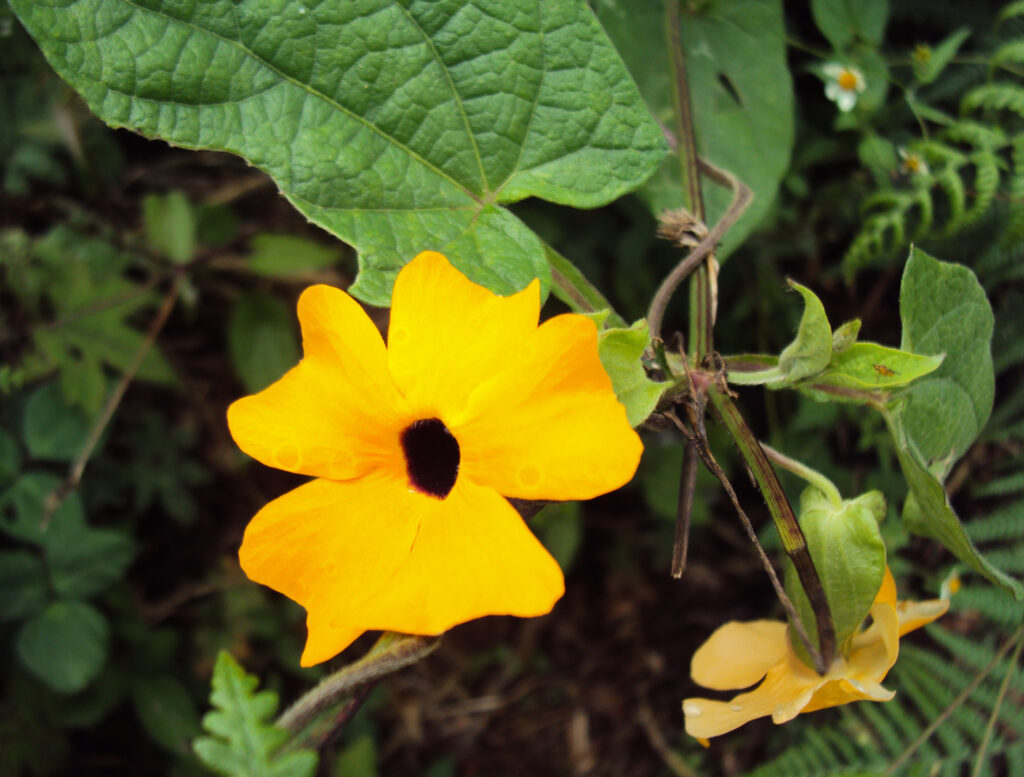
Black-eyed Susan vine is a fast-growing annual or tender perennial, depending on climate. Planting in fall allows it to develop roots and prepare for a colorful display. Its cheerful orange, yellow, or white flowers with dark centers stand out against green foliage. It climbs quickly with the help of a trellis or fence.
This vine thrives in full sun and appreciates regular watering. It is often used in hanging baskets or containers where it can trail. In warmer zones, it can grow year-round. Black-eyed Susan vine adds warmth and brightness wherever it is planted.
Climbing Rose
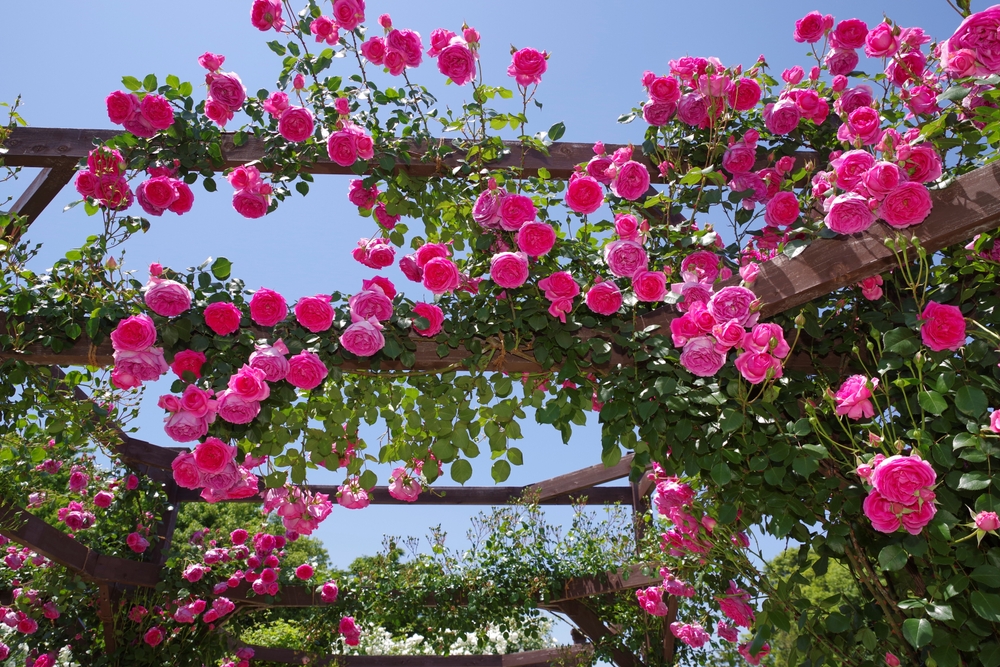
Climbing roses are classic choices that add romance and charm to gardens. Planting them in fall allows the roots to establish before spring growth. With proper support, they can climb walls, arbors, or pergolas beautifully. Their blooms and fragrance make them a centerpiece in many outdoor spaces.
They prefer full sun and benefit from regular pruning to maintain shape and encourage flowers. Many varieties are hardy and can provide blooms throughout the season. They require some care but reward gardeners with stunning displays. Climbing roses combine structure with beauty in an unforgettable way.
This article originally appeared on Avocadu.
